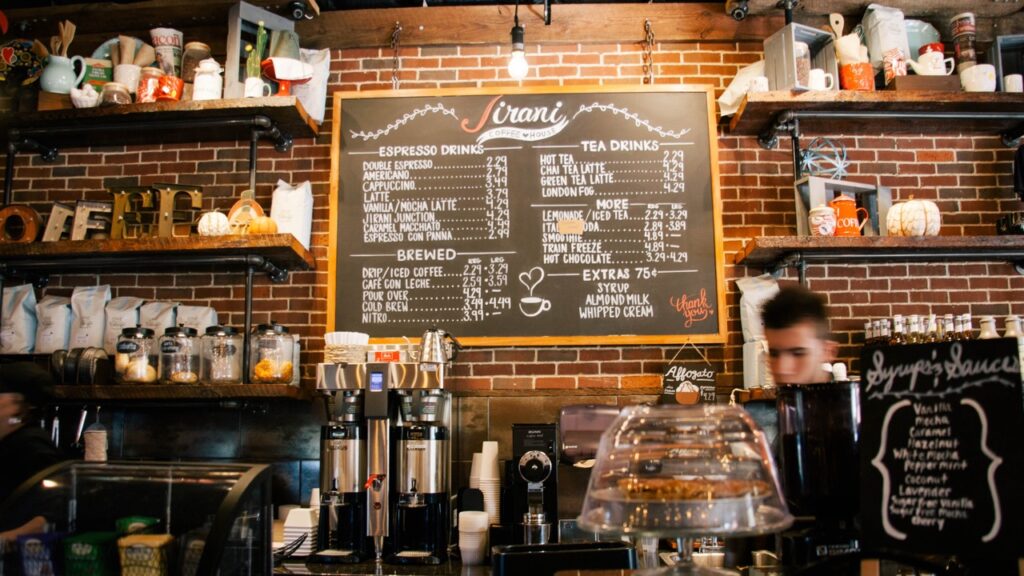
For entrepreneurs and business owners in the restaurant and food service sector, understanding the ever-evolving consumer landscape and staying ahead of the competition is a challenge and a necessity. With the help of technology and data, food service businesses are now able to gain insights into their consumer base and their buying behavior so that they can offer a better customer experience and remain competitive within the industry.
Brizo provides a comprehensive and diverse set of data for deeper understanding and analysis of consumer behavior in the food service industry. Through market research and insights, businesses can tap into the data sets available to identify potential opportunities, create targeted marketing campaigns, and stay ahead of their business goals.
This article is intended to help entrepreneurs and business owners understand and evaluate food service consumer brand tracking using the data available from Brizo. The guide will provide a brief overview of market research, discuss common types of data available, and provide a step-by-step to evaluating data to identify key insights and trends that can be used to enhance business and marketing goals.
Market Research Overview
Businesses in the food service sector rely on market research to identify new opportunities and stay competitive. Market research allows businesses to access data such as competitors’ pricing, consumer demographics, customer preferences, and buying behavior.
When evaluating data, understand the market type and demographics of the specific area. Due to the perishable nature of food products and changing consumer lifestyles, there can be vast differences between regions, smaller sub-markets, and chains in terms of their business goals and objectives.
Types of Data Available
When entering the food service sector, it is important for businesses to understand the different types of data available. This data can include consumer preferences, menu items, pricing, promotions, and loyalty programs.
Consumer Preference Data
Consumer preference data reveals how consumers are interacting with the restaurant brand and provides information on customer loyalty. Using this data, restaurants can identify customers’ dining habits and preferences, such as the frequency they dine and their partners (if there’s a trend). This in-depth data reveals key marketing insights such as how loyal a customer is, what type of promotions or discounts they prefer, and what menu items they order more often. This data can also be used to identify answers to pressing questions such as whether consumers are paying more or less for certain items.
Menu Item Data
Menu item data provides insights into customer behavior and can be used to identify trends and preferences. It can reveal customer loyalty, menu item favorites, and what items are popular in the area. This data can be used to make decisions about what should or should not be on the menu, as well as to create new promotions.
Pricing Data
Pricing data allows businesses to compare what they are offering to competitors in the area and determine if they are reaching their pricing goals. It also can be useful in helping to forecast sales and profits.
Promotion Data
Promotion data provides insights into how successful a marketing campaign is and allows businesses to track what promotions are popular with customers. This data can help identify what promotions customers prefer, which can provide useful data and feedback for businesses to use in future campaigns.
Loyalty Program Data
Loyalty programs allow businesses to reward their customers for their purchases and loyalty. This type of data can be used to develop customer loyalty, identify what promotions customers prefer, and increase revenue.
Steps to Evaluate Data
Businesses can use the data collected to evaluate consumer brand tracking and gain key insights about their industry by following these steps:
1. Analyze: Begin by analyzing the data for patterns and trends that indicate customer preferences and loyalty. Also, look at each dataset separately to gain further insights into how they interact with each other.
2. Visualize: After analyzing the data, visualize the results to gain an understanding of how customers respond to various promotions, menu items, and loyalty programs.
3. Research: Examine the research results to identify customer preferences and loyalty to the brand. This information can be used to create targeted campaigns and promotions.
4. Compare: Compare the data to competitors’ data to gain a better understanding of the market dynamics and gain insights into what strategies are the most successful.
5. Interpret: Lastly, interpret the gathered data to gain a broader understanding of industry trends and use the information to make decisions that are in line with the business’s goals and objectives.
Lastly
Evaluating and understanding food service consumer brand tracking is an integral step for businesses in the food service sector. The data that is available offers insights into customer preferences and helps businesses determine the best ways to reach their target audience and remain competitive. By following the steps outlined in this guide, entrepreneurs and business owners can gain key insights into the industry and make informed decisions.